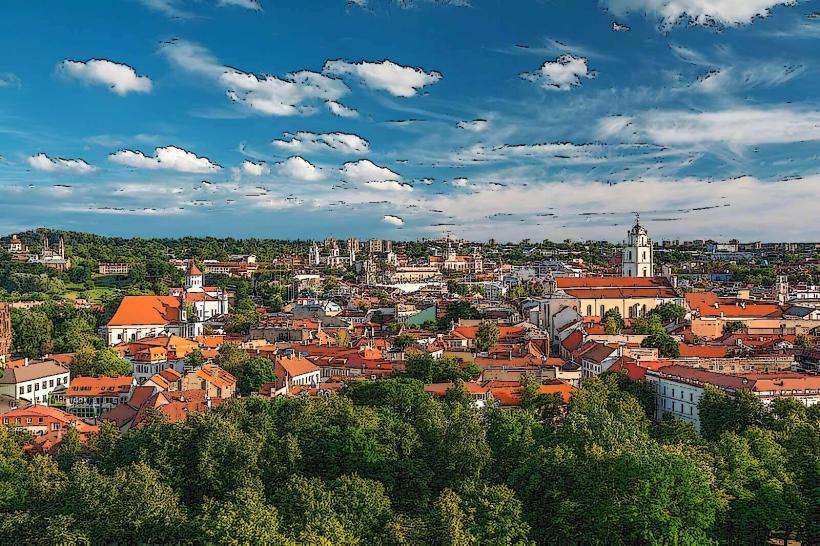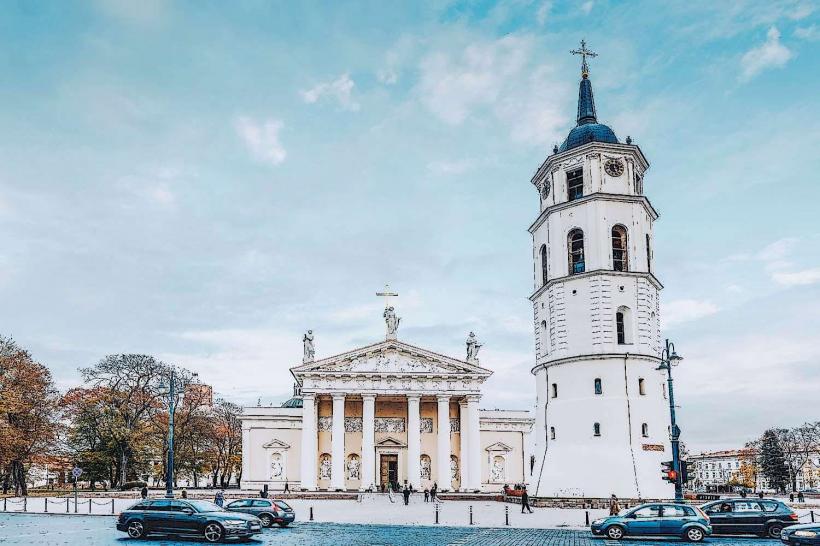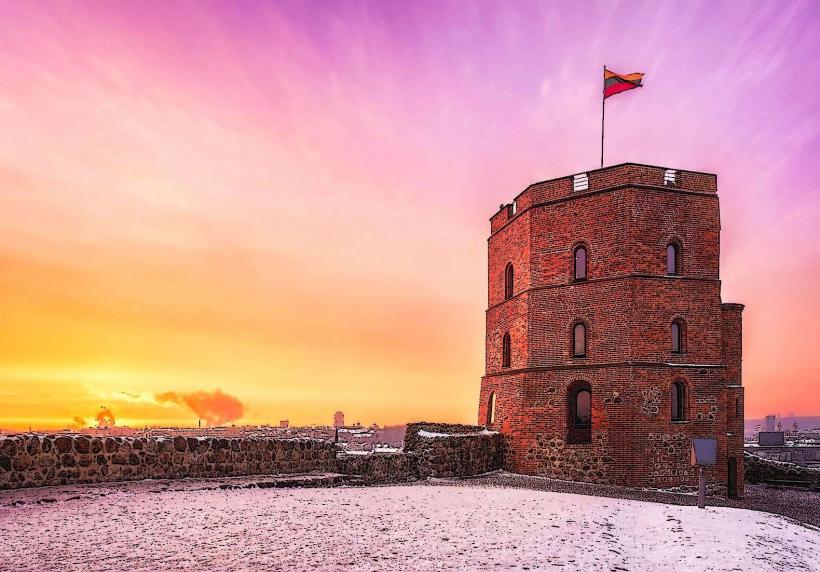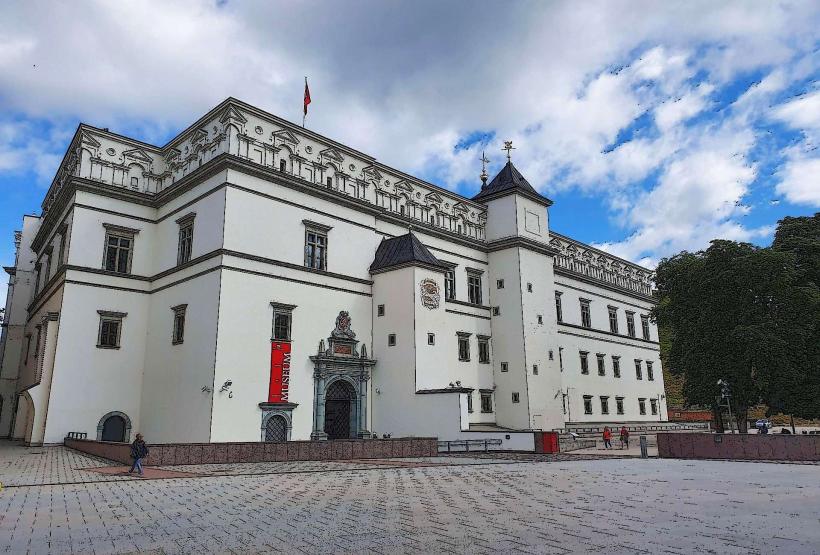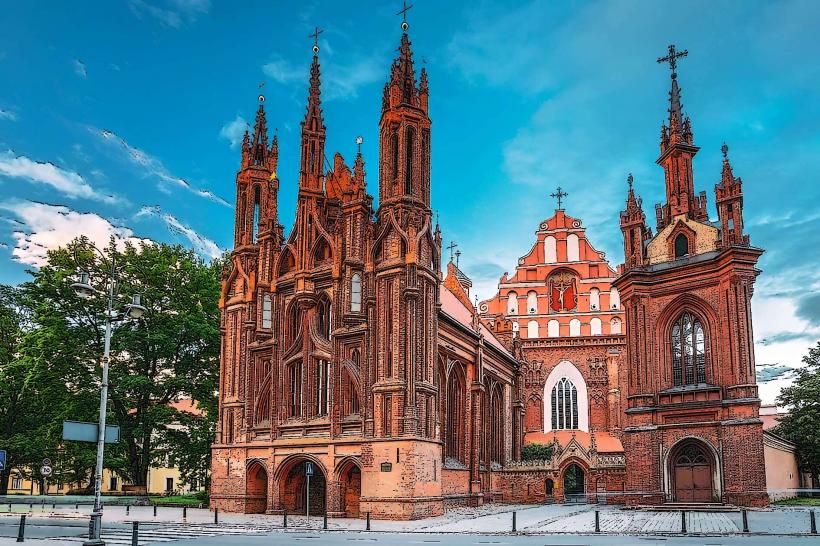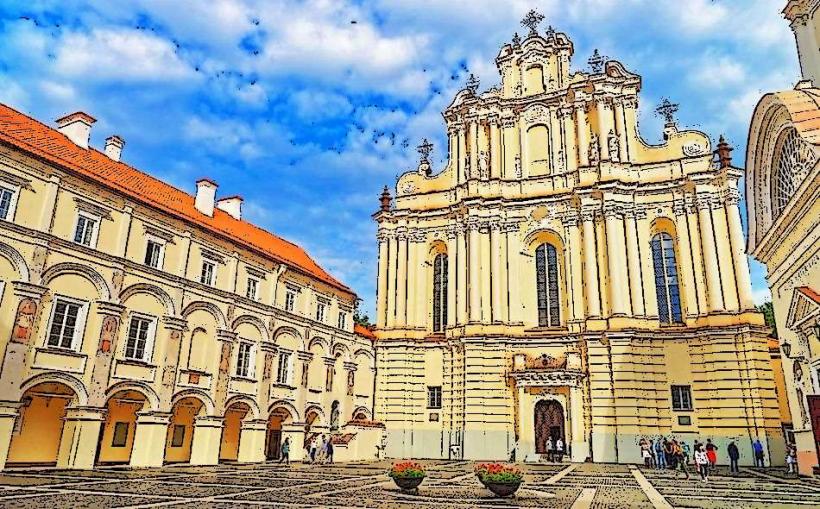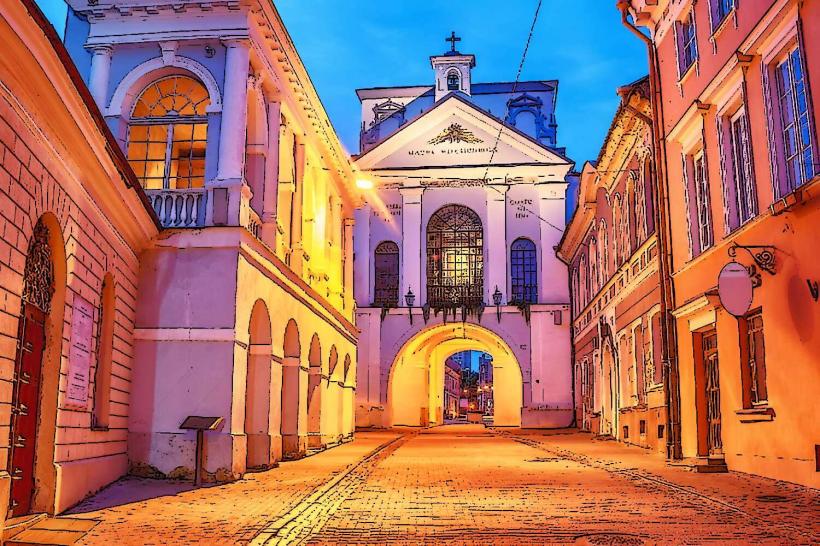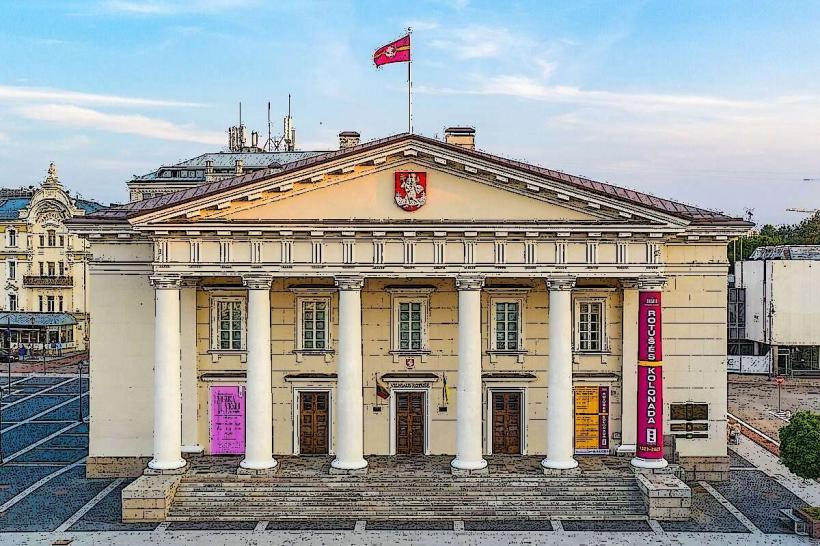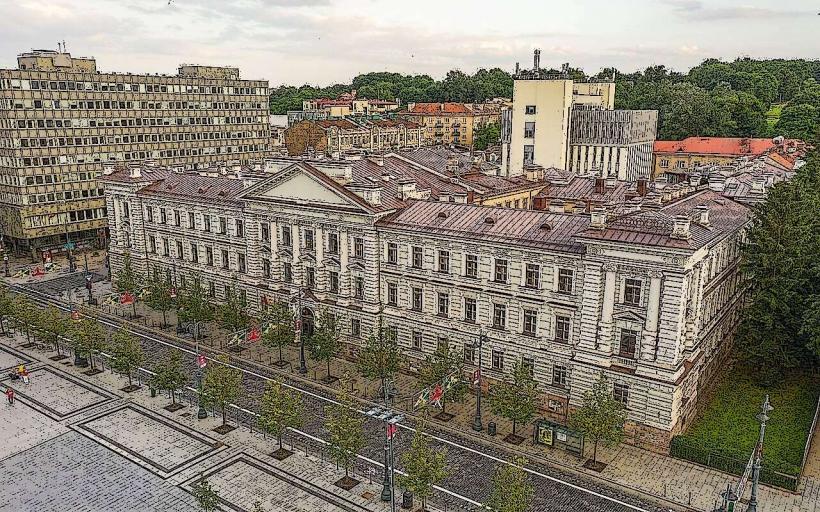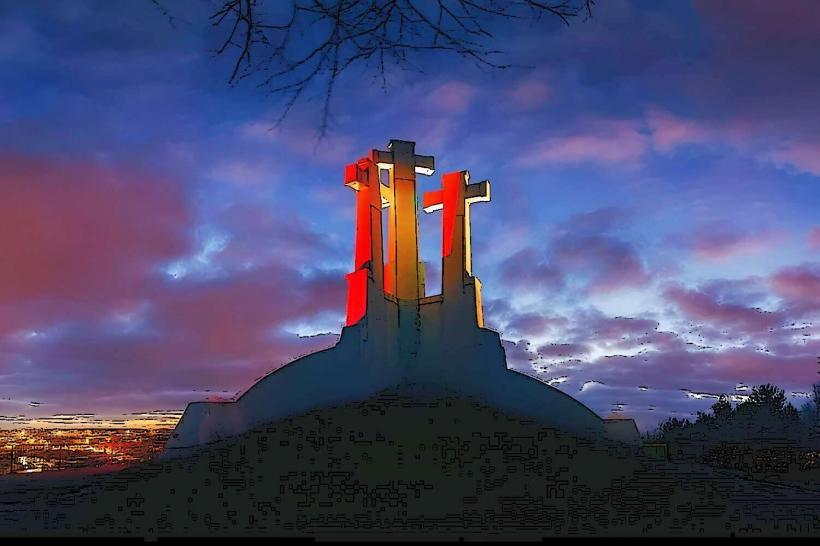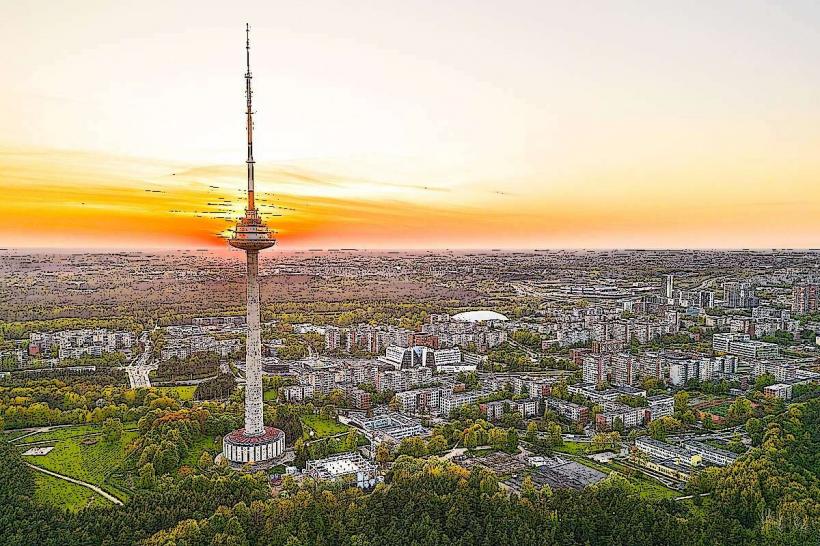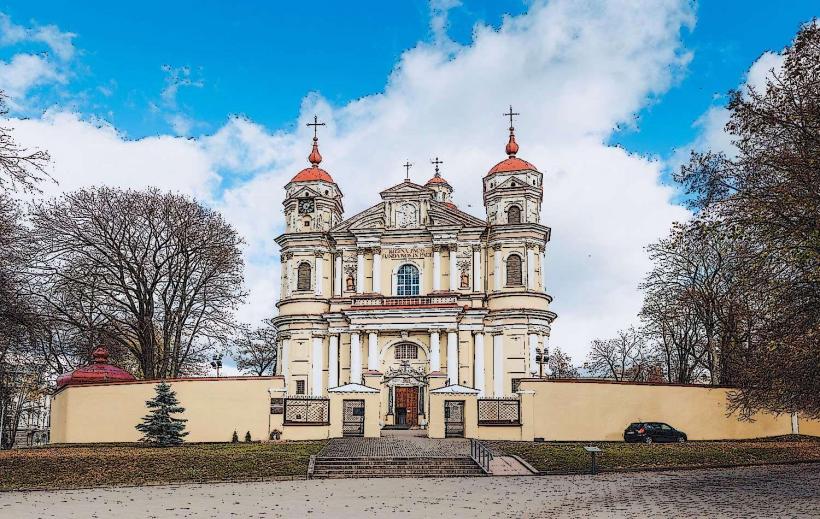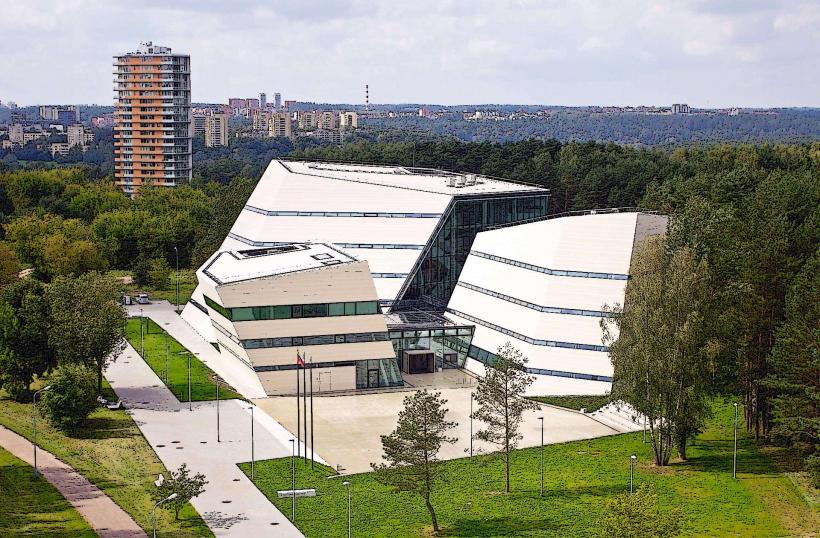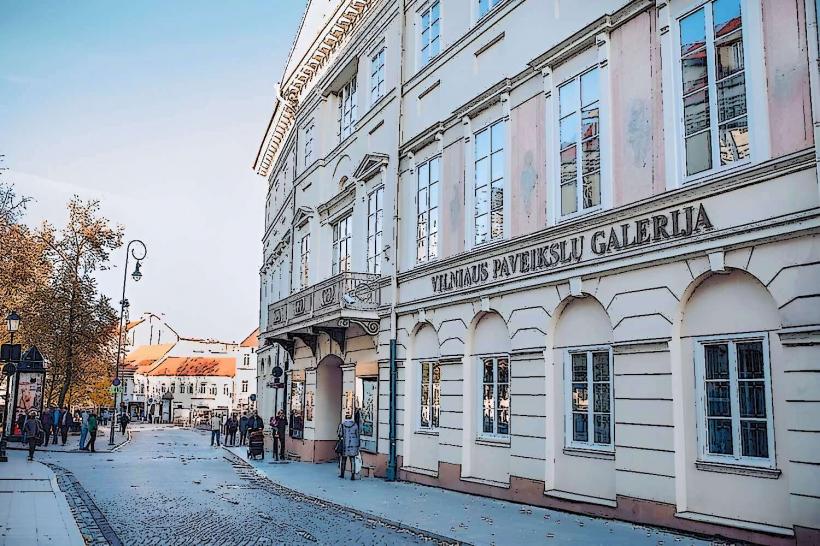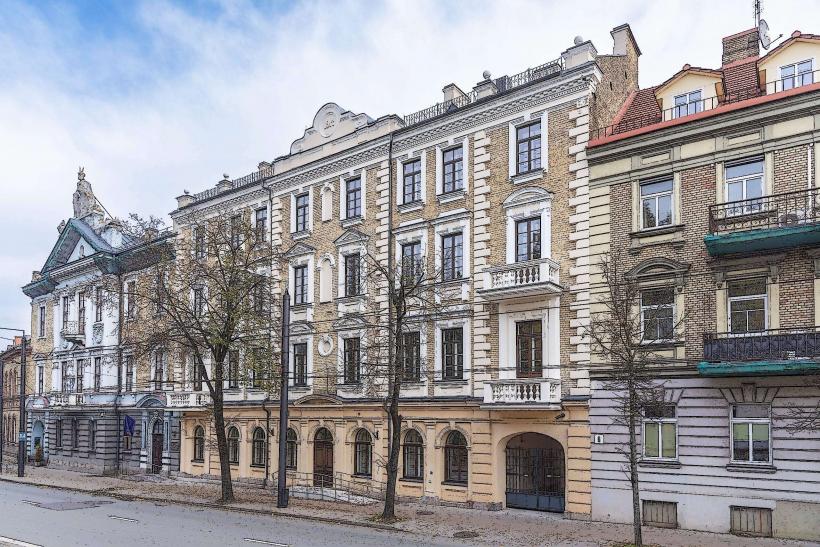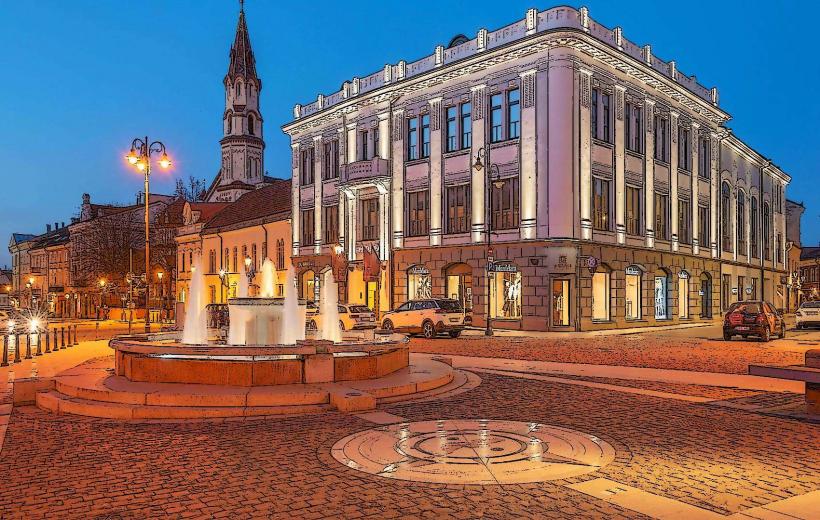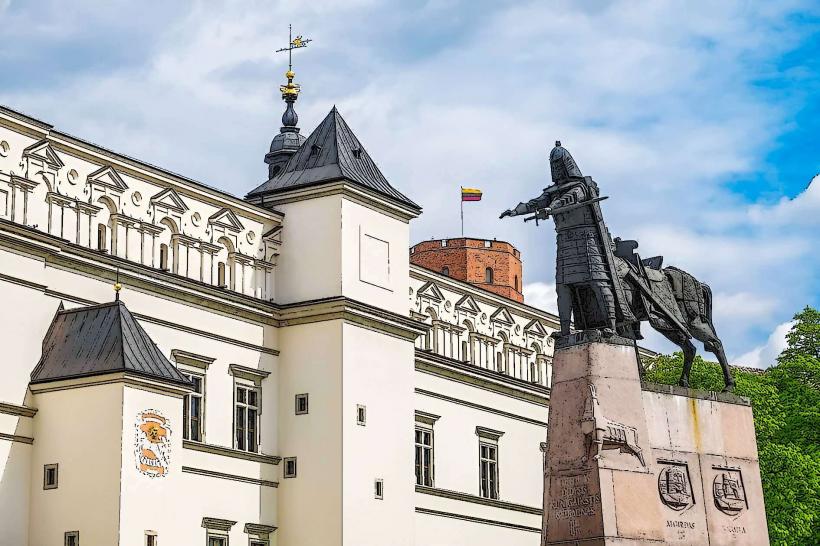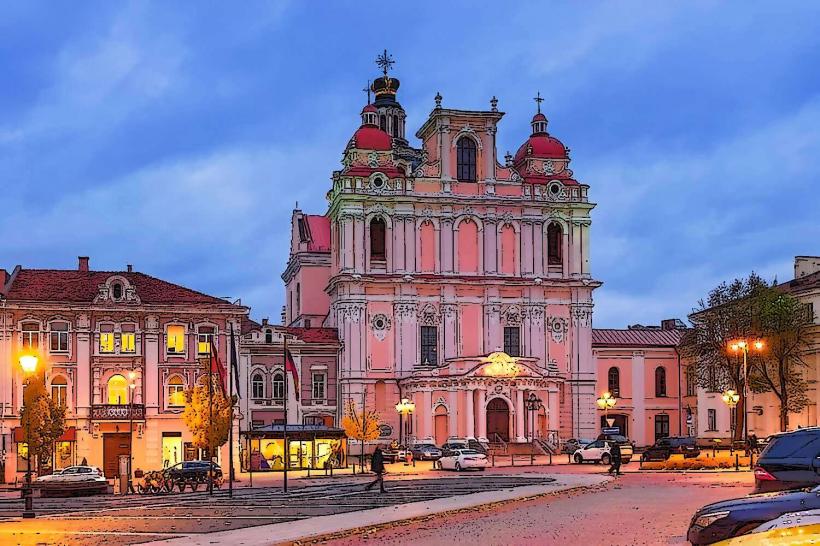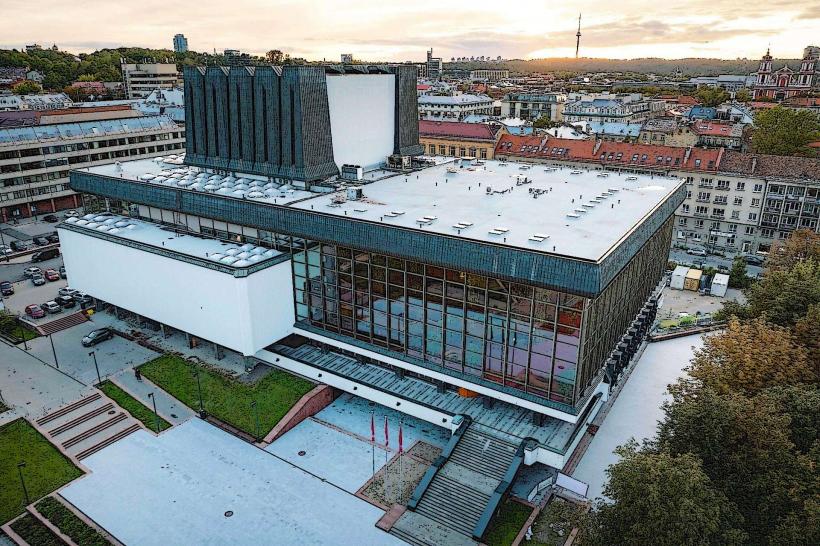Information
Landmark: Jewish QuarterCity: Vilnius
Country: Lithuania
Continent: Europe
Jewish Quarter (Vilnius)
The Jewish Quarter in Vilnius, Lithuania, holds profound historical and cultural significance. Once one of the most vibrant Jewish communities in Europe, the district played a pivotal role in shaping the city's cultural identity before the disruptions of war and the Holocaust. Today, remnants of its rich history can still be seen in the architecture, synagogues, and monuments that trace the legacy of the Jewish community in the heart of Vilnius.
Historical Background
The Rise of the Jewish Community: The presence of Jews in Vilnius dates back to at least the 16th century. Over time, the Jewish population grew significantly, particularly in the 17th and 18th centuries, when Vilnius became an important center for Jewish religious and intellectual life. The city was often referred to as the "Jerusalem of Lithuania" because of its thriving Jewish community, which was one of the largest in Eastern Europe.
Development of the Jewish Quarter: The Jewish Quarter in Vilnius was located mainly in the area near Piotr Skarga Street and the Old Town. This district became home to a variety of Jewish institutions, including synagogues, schools, and businesses. The neighborhood was marked by a blend of Jewish culture, tradition, and daily life, where Jews lived, worked, and worshipped in close proximity.
Key Features of the Jewish Quarter
Synagogues: The Jewish Quarter in Vilnius was home to several synagogues, some of which have been preserved or reconstructed as important landmarks.
- The Great Synagogue of Vilnius: The most significant synagogue in the Jewish Quarter was the Great Synagogue of Vilnius, built in the 16th century. It was one of the largest and most beautiful synagogues in Eastern Europe before its destruction during World War II. Today, a memorial site marks its location near the intersection of St. Nicholas Street and Maironio Street.
- The Small Synagogue: Another significant place of worship in the Jewish Quarter was the Small Synagogue, located on Didžioji Street. While it is no longer standing, its site is marked by a plaque commemorating its importance to the Jewish community.
Yiddish Culture: During its height, the Jewish Quarter was a hub of Yiddish culture, with a variety of Yiddish theaters, publishers, and schools. Vilnius was known as a center of Jewish intellectual life in the early 20th century, with writers, philosophers, and artists contributing significantly to Jewish literature and culture.
The Vilna Gaon: One of the most significant figures in Jewish history in Vilnius was the Vilna Gaon, Rabbi Elijah ben Solomon Zalman, a renowned Talmudic scholar and leader of the Jewish community in the 18th century. His legacy is still commemorated in the city, particularly at the Vilna Gaon Jewish State Museum and his burial site at the Rasu Cemetery.
Destruction during the Holocaust
Nazi Occupation: During World War II, the Jewish community of Vilnius was devastated by the Nazi occupation. In 1941, the Nazis began the systematic destruction of the Jewish population through mass shootings, forced labor, and deportation to concentration camps. The Great Synagogue was destroyed, and much of the Jewish Quarter was leveled.
Aftermath: The once-thriving Jewish neighborhood was almost completely erased by the war. Many of the Jewish residents perished in the Holocaust, and the physical and cultural heart of the community was lost. After the war, the Soviet regime, which controlled Lithuania at the time, did little to preserve or commemorate the Jewish heritage of the city.
Modern-Day Jewish Quarter
Jewish Heritage Sites: Today, Vilnius' Jewish Quarter is a mix of preserved sites, memorials, and contemporary developments. Some notable landmarks and memorials in the area include:
- The Jewish Museum: The Vilna Gaon Jewish State Museum is dedicated to the history of the Jewish community in Vilnius and the devastation of the Holocaust. It includes exhibitions on the city’s Jewish culture, history, and the impact of the Holocaust.
- The Memorial to the Great Synagogue: A memorial marks the location of the Great Synagogue, which once stood in the heart of the Jewish Quarter. Although the synagogue no longer exists, the site is an important place of reflection on the lost Jewish heritage of the city.
- The Jewish Cemetery at Rasos: Located slightly outside the original Jewish Quarter, the Rasos Cemetery is the burial place of many prominent Jewish figures, including the Vilna Gaon.
Jewish Cultural Revitalization: In recent years, efforts have been made to revitalize Jewish culture in Vilnius. The Lithuanian Jewish Community is actively involved in cultural programming, and some parts of the Jewish Quarter are being restored to reflect the community's historical presence in the city.
Chabad House: The Chabad Jewish community is active in the Jewish Quarter, maintaining a Chabad House that serves as a cultural and religious center for locals and visitors. It offers religious services, cultural events, and social programs aimed at preserving Jewish traditions.
Visitor Experience
Walking Tours: A walking tour of the Jewish Quarter is a meaningful way to explore Vilnius' Jewish history. Visitors can learn about the history of the Jewish community, visit the remains of historical synagogues, and reflect on the tragic impact of the Holocaust. Local guides, many of whom are descendants of the Jewish community, offer insightful and educational tours.
Memorials and Markers: Throughout the area, various plaques and memorials commemorate the lives of the Jewish residents who once lived there. These markers serve as a reminder of the vibrant cultural and intellectual life that flourished in the district before the war.
Cultural Events: The Jewish community in Vilnius continues to host cultural events, such as Jewish music festivals, lectures, and art exhibitions, which celebrate the city's Jewish heritage and help preserve the memory of the past.
Conclusion
The Jewish Quarter of Vilnius holds a deeply significant place in the city’s history, having been home to one of the most vibrant Jewish communities in Europe. While much of the area was destroyed during the Holocaust, efforts to preserve and honor the memory of the Jewish residents continue today. Through memorials, museums, and cultural events, the spirit of the Jewish community lives on in Vilnius, and the Jewish Quarter remains an important part of the city’s cultural identity and historical fabric. For those interested in exploring the legacy of Vilnius' Jewish community, the Jewish Quarter offers a moving and educational experience.

